As a homeowner, you’re probably familiar with your furnace’s basic function and understand how it produces heat throughout your home during those bitterly cold winter days and nights.
However, there are more details to learn about your furnace—such as the furnace limit switch. This guide will discuss everything there is to know about how a furnace heats your home and what a limit switch does to aid the heating process:
How Does A Furnace Heat Your Home?
The heating process starts once you turn up the temperature on your thermostat. A fuel source (often natural gas) creates a flame, and consequently, heat. Furnace burners heat the air in the plenum (a chamber that holds heat before it is distributed to your duct system). The heat moves into a motor blower, which distributes it to the various vents in your home. This process is repeated until the internal temperature of your home matches that of your thermostat.
There is a common misconception that a thermostat is the sole temperature control element used to heat a home but a furnace limit switch can be equally important.
Purpose Of A Furnace Limit Switch
A furnace limit switch helps control your furnace’s temperature. As we learned earlier, the furnace will continue to heat the home until it reaches the desired temperature. During this process, the limit switch shuts down the furnace burners if your system is overheating, reducing the risk of severe furnace damage or fire.
How To Tell If Your Furnace Limit Switch Is Failing
Unfortunately, a furnace limit switch can fail. Your limit switch probably needs repair if:
- The heating system suddenly shuts down before it reaches the chosen temperature. This is known as “short cycling.”
- Vents are blowing cool air instead of hot air.
- Furnace blowers continue to run without shutting off.
If you notice any of these signs, it’s best to contact a professional technician to get your furnace limit switch inspected.
Reasons Furnace Limit Switches Fail
The most common reason for a limit switch to fail is general wear and tear. But other causes include:
Dirty Sensors
A limit switch uses a sensor to monitor the furnace’s temperature. If dirt or grime coats the sensor, the limit switch cannot accurately read the temperature, causing a precautionary short to the system.
Lack Of Airflow
Clogged vents and air filters can restrict the flow of air in your home. If this happens, the limit switch will trip. Therefore, cleaning vents regularly and replacing air filters every one to three months is crucial.
What To Do When Your Furnace Limit Switch Fails
Should your furnace limit switch fail, it’s best to contact a professional HVAC technician to analyze the problem and have it repaired as soon as possible. They will also schedule regular heating system maintenance for your home if necessary.
Conclusion
Understanding how your home is heated works while living in a colder climate is crucial. Now that you know how limit switches can help safeguard your home, why not take the next step? Chat with one of our HVAC experts about furnace repair in Winnipeg to ensure your heating system is running as efficiently as it should come winter.

